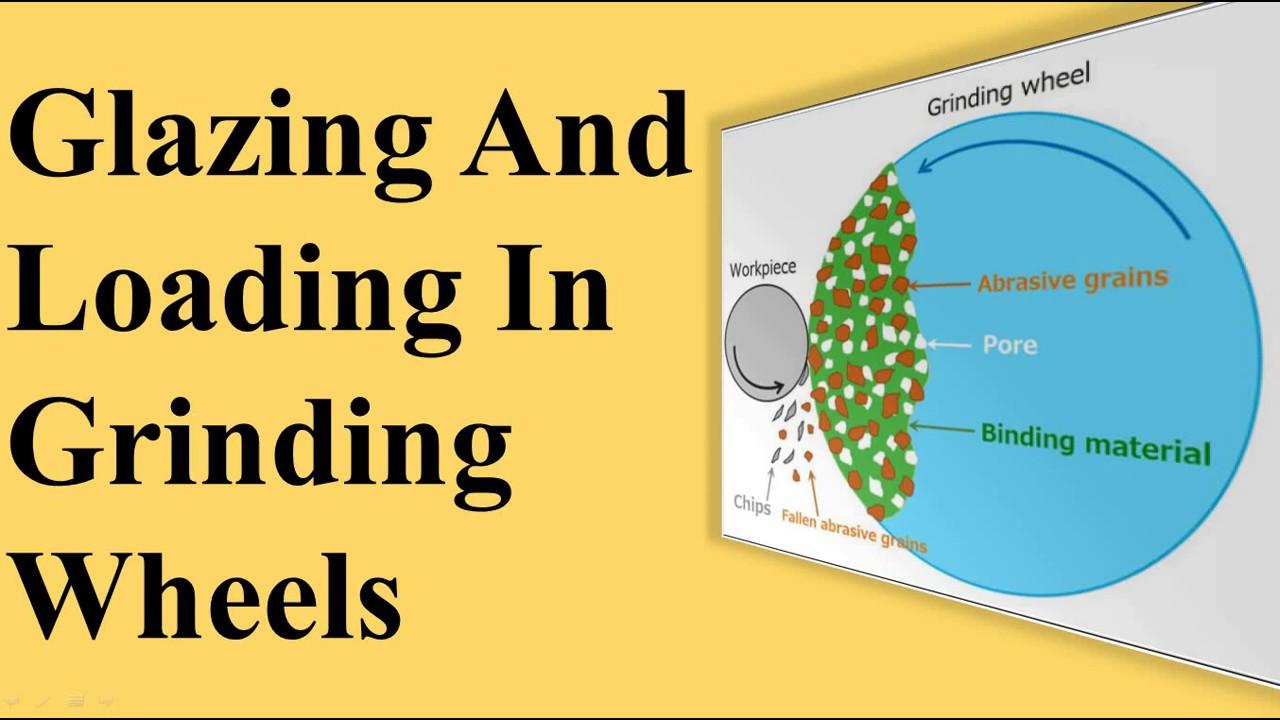Grinding wheels are an essential tool for any metalworking or woodworking process. They are commonly used for shaping, smoothing, and finishing materials. However, to ensure the best results and longevity of the wheel, it is crucial to understand the concepts of glazing and loading.
Glazing and loading in grinding wheel occurs when the abrasive particles on the grinding wheel become dull or clogged, resulting in a smooth and shiny surface on the wheel's face. This phenomenon reduces the wheel's ability to cut and can cause excessive heat buildup, leading to workpiece burn and reduced wheel life.
To prevent glazing, it is necessary to dress the wheel regularly, removing any buildup of debris or dull abrasive particles from the surface. Diamond dressers, dressing sticks, and abrasive sticks are commonly used for this purpose.
Loading, on the other hand, occurs when the wheel's pores become clogged with the material being ground, reducing the wheel's ability to cut effectively. This can cause increased heat and vibration, leading to poor surface finish and even damage to the workpiece.
To prevent loading, it is important to use appropriate coolant or lubrication, which helps to flush out the debris from the wheel's pores. Additionally, reducing the feed rate or increasing the wheel speed can also help to prevent loading.
In summary, understanding the concepts of glazing and loading is essential for ensuring the longevity and performance of grinding wheels. Regular dressing and appropriate coolant or lubrication can help to prevent glazing and loading, leading to better results and increased efficiency in the grinding process.


